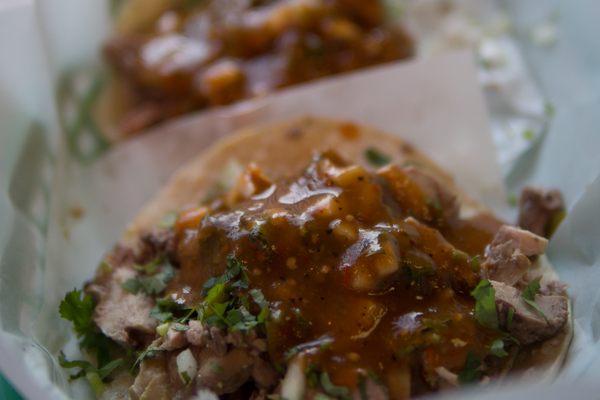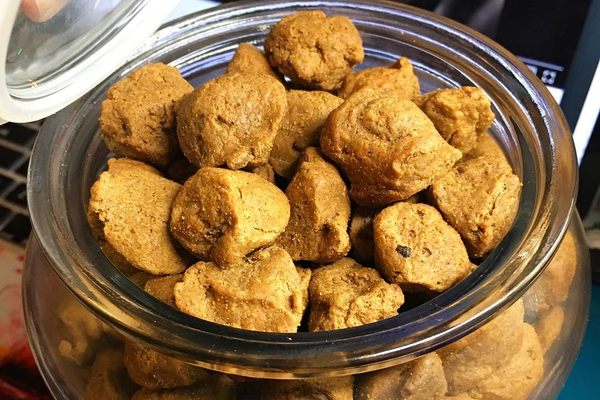Food Festivals
Krobo Millet Festival
This harvest celebration culminates in a procession of drummers, palanquin-riding leaders, and vibrant colors.
The Millet Festival held in Krobo Odumase, in the Krobo district of eastern Ghana, began as a celebration of the harvest. Millet (ngma) was a staple of the agricultural community’s diet centuries ago. When the crops were harvested, farmers would relax and socialize, local kings would gather to discuss politics, and priests would shower millet upon the people as a gesture of prosperity.
The festival was resuscitated by a local leader in 1944 to encourage community pride and solidify civic and religious beliefs. Millet, however, is no longer a dietary staple. The few millet farms that remain produce their crops mainly for religious ceremonies. Corn and cassava have become the crops of choice for Krobo diets, with vegetables a distant third. Although the name “millet” remains (Ngmayem is the festival’s name in the local language), the event has become a cultural and political seven-day celebration.
The festival now typically takes place the last weekend of October. It culminates with the Guami yam, the grand durbar, or gathering, of local kings, chiefs, nine queen mothers, invited guests, and the people in a small courtyard at Oklemekuku Park. The procession begins with the entrance of drummers and lesser chiefs, shielded from the fierce sun by huge sunshades. Higher-ranking chiefs follow, decked in more elaborate robes, jewelry, and the glass beads for which the area is famous. The most important chiefs and the konor, or paramount chief, are carried in palanquins on the shoulders of chosen subjects. They are accompanied by sunshades, drummers, white-robed priests, and the all-important stool carriers (the elaborate stools are equivalent to thrones).
When all dignitaries have entered the courtyard, willing subjects and fortunate foreign visitors are allowed to kiss the ring of the konor as he sits on his stool. Then the priests fling a smattering of millet to the crowd, the drummers resume their drumming, spectators dance joyously, and the ceremony is over.















